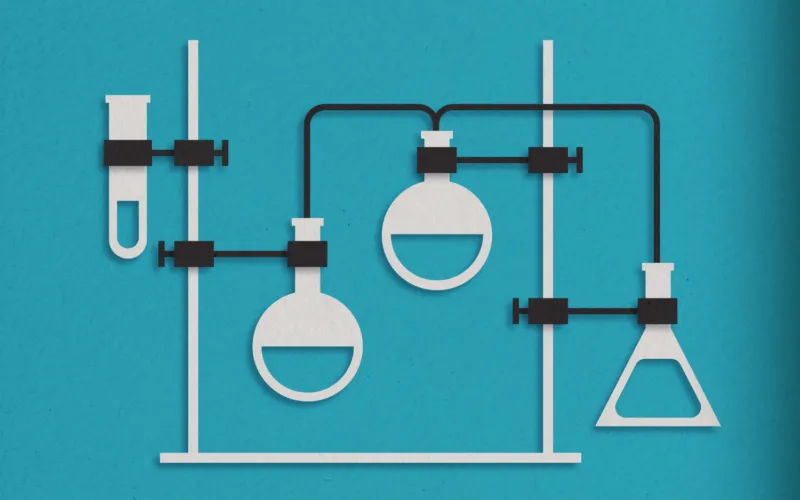High Court of Australia confirms dead parrot’s view
In a 4-3 decision on 12 November 2020, Calidad Pty Ltd v Seiko Epson Corporation [2020] HCA 41, the long-running patent dispute regarding the reuse of ink jet printer cartridges, came to an end.
Without directly referencing the conclusion reached in our article What dead parrots can tell us about printer cartridges, the High Court of Australia has decided that patent rights are exhausted on the first sale of a patented article. By adopting an exhaustion doctrine, the High Court has effectively ended the application of the “implied licence” doctrine which had been in place for almost a century. The application of this doctrine will bring greater certainty to the marketplace for a range of products which are capable of refurbishment, repair and reuse.
What is an implied licence doctrine?
This doctrine originally arose in British law out of the difficulty in determining how a patentee could control its goods once sold when a purchaser would expect to be able to have full control of such goods. The answer lay in adopting a position whereby the purchaser was granted an implied licence. Such a licence would allow the purchaser to use the goods as they saw fit but such a licence would not extend to a subsequent disposal of such goods. This allowed a patentee to exert control over the goods arising from the subsequent disposal.
Such a situation was, however, complicated by the need to be able to repair some goods and hence to determine when repair extended to a “remaking” of the goods. The recognition of a “right of repair” sought to protect an original purchaser from infringement. But where did repair end and remake begin? Remaking would constitute an infringement whereas repair would not.
According to the High Court uncertainty is undesirable
In the judgement at 79 and 82:
The implied licence doctrine is likely to cause confusion in part because it combines a fictional licence with the possibility of real restrictions. Whilst it seeks to provide the purchaser of patented goods with the full rights of ownership, it leaves open the possibility that there may be other restrictions which have been notified by the patentee. It engenders uncertainty.
The implied licence doctrine is not consistent with the certainty demanded by trade and commerce or with consumer expectations. The need for certainty requires the maintenance of the fundamental principle of the law which recognises that an owner has full rights as to the use and disposal of a chattel. It is not met by treating a restriction on the use or sale of a product as running with the product...
What is an exhaustion doctrine?
Significantly the High Court reviewed the position in US patent law for which there was a long history of adoption of the principle that on a first sale of patented goods, the patentee’s rights were extinguished.
Particular regard was paid to the US Supreme Court decision in Impression Products Inc v Lexmark International Inc (2017) 137 S Ct 1523. As explained in our previous article, the facts of this case were remarkably similar to those to be decided by the High Court. Essentially, Impression Products refurbished Lexmark toner cartridges for resale. In that case, the Supreme Court held that Lexmark had exhausted its patent rights in the cartridges "the moment it sold them". Still further, their Honours acknowledged that the restrictions in Lexmark's contracts with its customers, that is, single use and no resale, may be enforceable under contract law but they did "not entitle Lexmark to retain patent rights in an item that it has elected to sell".
The High Court noted that the position in European law is essentially the same. At 23:
A similar policy is said to have been the original rationale for the exhaustion doctrine applied by the Court of Justice of the European Union. Once an intellectual property right owner has received their reward by marketing a product in the European Union they cannot prevent the further circulation of that product in the market. The doctrine is used to balance the exclusive rights of intellectual property owners with the protection of the internal market as an area in which the free movement of goods is ensured.
Therefore in adopting the approach necessary under the exhaustion doctrine, the High Court stated at 76:
The exhaustion doctrine has the virtues of logic, simplicity and coherence with legal principle. It is comprehensible and consistent with the fundamental principle of the common law respecting chattels and an owner's rights respecting their use. At the same time, it does not prevent a patentee from imposing restrictions and conditions as to the use of a patented product after its sale but simply requires that they be obtained by negotiation in the usual way and enforced according to the law of contract or in equity.
Infringing inkjet cartridges?
Applying the exhaustion doctrine to the various alleged infringing cartridges allowed the High Court to find for non-infringement. The refilled and restored cartridges were merely modified versions of the products sold by Seiko. These modifications were within the scope of the rights of an owner of such products made so as to prolong the life of the products and make them more useful.
Take home lessons from Calidad Pty Ltd v Seiko Epson Corporation
By recognising the need to adapt legal principles to modern trade and commerce, the High Court has laid open a path that will encourage innovation that seeks to maximise the use of resources. By being able to reuse and recycle goods without the threat of patent infringement is just such an incentive. As the High Court recognised, if the Australian Parliament considered it necessary to impose a legislative restraint that precluded application of the exhaustion doctrine, it could have done so but chose not to.


